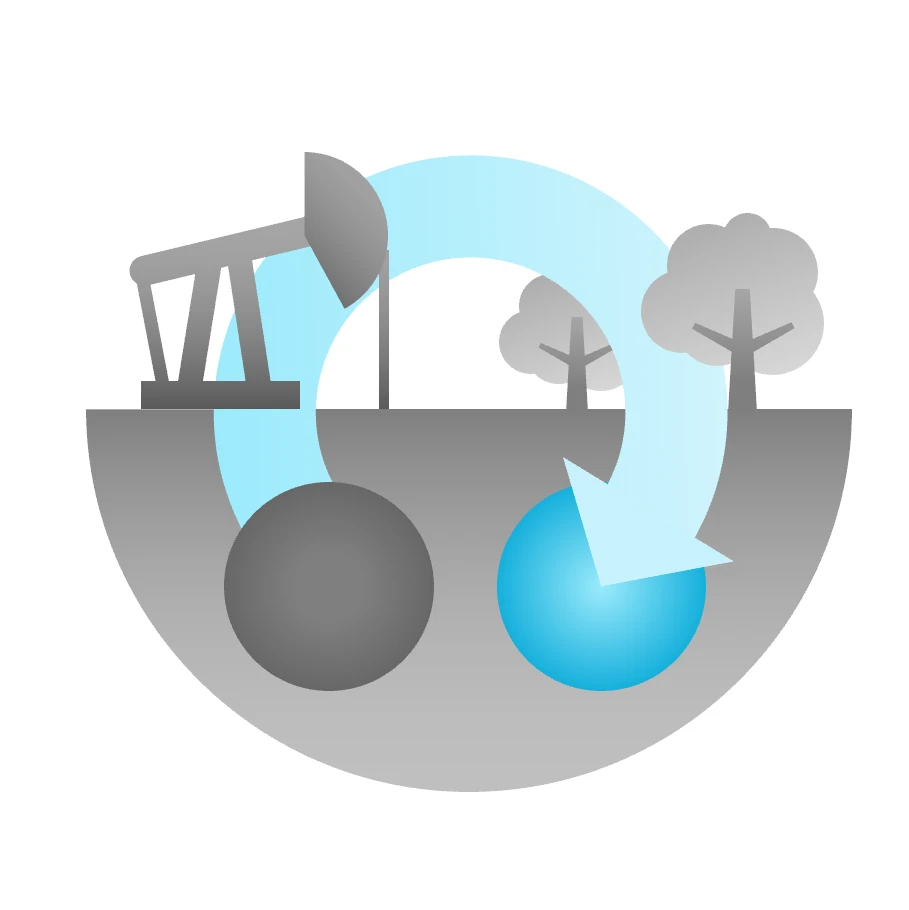Our Research
The reserach in our section falls into three categories: Geo-Energy, Geo-environmental Protection, and Computational Geosciences.
Geo-Energy
Our research on geo-energy explores methods to harness Earth's geothermal energy, advances the storage of liquid hydrogen in the subsurface, and studies the carbon footprint.
Geo-Environmental Protection
Industrial operations and anthopogenic interventions carry risks. Our research explores techniques to mitigate the impact of fossil fuel consumption, and analyzes the consequences of subsurface operations to reduce their future impact.
Computational Geoscience
The subsurface is mostly out of reach and out of sight. To rigorously analyse and predict the impact of subsurface operations, we advance research in data assimilation, optimization and control theory, and numerical simulation.
Our Publications
Below, you can access a list of our section's most recent publications.
- A. Novikov, A Finite Volume Framework for Accurate Modeling of Fault Reactivation in Poroelastic Rocks
- Xiaoming Tian, Michiel Wapperom, James Gunning, Samuel Jackson, Andy Wilkins, Chris Green, Jonathan Ennis-King, Denis Voskov, (2024), A History Matching Study for the FluidFlower Benchmark Project, In Transport in Porous Media Volume 151 p.1113-1139.
- Hemmo Abels, Auke Barnhoorn, Alexandros Daniilidis, David Bruhn, Guy Drijkoningen, Kaylee Elliott, Beer van Esser, Susanne Laumann, Piet Van Paassen, Liliana Vargas Meleza, Andrea Vondrak, Denis Voskov, Phil Vardon, A newly installed research infrastructure for geothermal energy in a subsurface sedimentary reservoir for direct-use heating: The TU Delft campus geothermal project
- Gabriel Serrão Seabra, Nikolaj T. Mücke, Vinicius Luiz Santos Silva, Denis Voskov, Femke C. Vossepoel, (2024), AI enhanced data assimilation and uncertainty quantification applied to Geological Carbon Storage, In International Journal of Greenhouse Gas Control Volume 136.
- Xiaoming Tian, Oleg Volkov, Denis Voskov, (2024), An advanced inverse modeling framework for efficient and flexible adjoint-based history matching of geothermal fields, In Geothermics Volume 116.
- Jinyu Tang, Yang Wang, William R. Rossen, (2024), An upscaling model for simulation of geothermal processes in stratified formations, In Geothermics Volume 122.
- Christina Chesnokov, Rouhi Farajzadeh, Kofi Ohemeng Kyei Prempeh, Siavash Kahrobaei, Jeroen Snippe, Pavel Bedrikovetsky, (2024), Analytical model for Joule-Thomson cooling under heat exchange during CO<sub>2</sub> storage, In Advances in Water Resources Volume 190.
- Thejas Hulikal Chakrapani, Hadi Hajibeygi, Othonas A. Moultos, Thijs J.H. Vlugt, (2024), Calculating Thermodynamic Factors for Diffusion Using the Continuous Fractional Component Monte Carlo Method, In Journal of chemical theory and computation Volume 20 p.333-347.
- S. Shokrollahzadeh Behbahani, Embedded analytical-numerical simulation of fault reactivation in heterogeneous subsurface formations: Inspired by the issue of induced seismicity in the Groningen field
- Hamed Ali Diab-Montero, Andreas Størksen Stordal, Peter Jan van Leeuwen, Femke C. Vossepoel, Ensemble Kalman, Adaptive Gaussian Mixture, and Particle Flow Filters for Optimized Earthquake Forecasting








